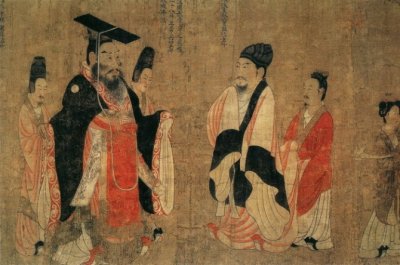Tang Dynasty Government
 The Tang Dynasty was just like many other ancient Chinese dynasties. It was one monarchy that was ruled by a very powerful emperor founded by the Li family in the year 618. This rule initiated centuries of great prosperity and cultural vibrancy.
The Tang Dynasty was just like many other ancient Chinese dynasties. It was one monarchy that was ruled by a very powerful emperor founded by the Li family in the year 618. This rule initiated centuries of great prosperity and cultural vibrancy.
Reasons for Success
One of the factors that led to success of the Tang Dynasty government was the great reforms it instituted through modifying and creating the popular Sui legal code.
Basically, this was complicated but quite simple to understand certain set of laws. The rules were all specific and detailed about what was allowed in this society and everybody knew what was expected from them.
Three Departments
The government of the Tang Dynasty had three basic departments that came up with laws and policies. The framework of rules and laws were all administered by a group that was called the Six Ministries. These ministries were military, personnel administration, finance, justice, rites and the public works.
This system worked very well and it actually outlived the Tang Dynasty, which collapsed in the year 907. The government system was actually modeled upon which every dynasty based its own systems. This was also widely used by other kingdoms and countries, including Korea and Vietnam.
Education
Education was another factor that helped in the success of Tang Dynasty government. The leaders felt that an educated nation did not pose any threat to the authority but formed a foundation to forming a stable and prosperous society. During this era, there was also an obsession with keeping of records and accounting of numerous areas of life and business. The deep strong layers of accountability strengthened this government.
Collapse of the Dynasty
Even after having great designed systems, the government still had some flaws. The Tang Dynasty eventually collapsed due to various reasons. Some of these plans were just old bad luck like natural disasters. Internal corruption and the incompetent rulers also fastened the death of the famous Tang era.
